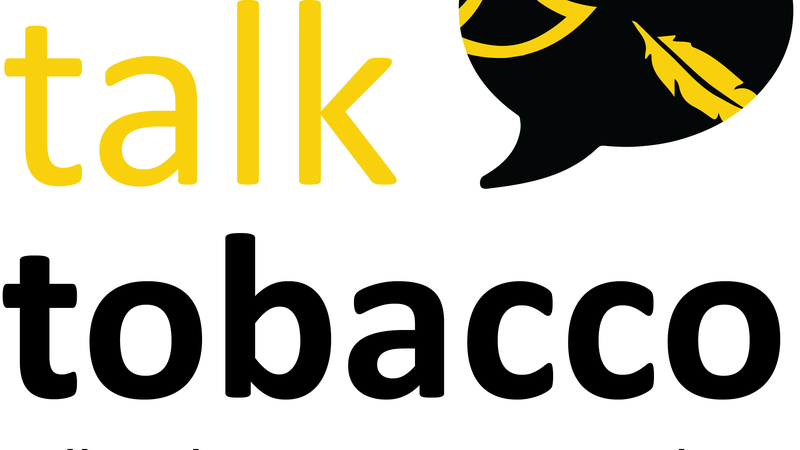
Province’s top doctor says drop in test positivity is good sign
Saskatchewan’s weekly COVID-19 numbers showed a record number of hospitalizations but also a big drop in test positivity rate.
Dr. Saqib Shahab, the province’s chief medical health officer, told 650 CKOM that hospitalizations appear to be peaking. That means a decline should be on the horizon.
But COVID is certainly still active in the province, despite lower case numbers.
“We will continue to see for a while hospitalizations of people with COVID,” Shahab said.



